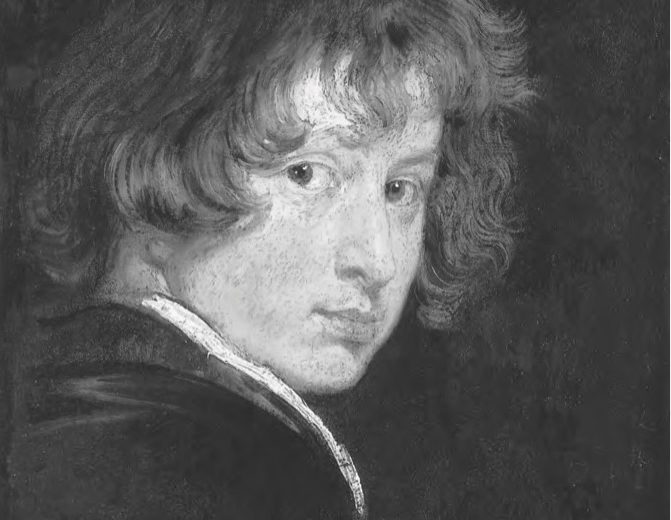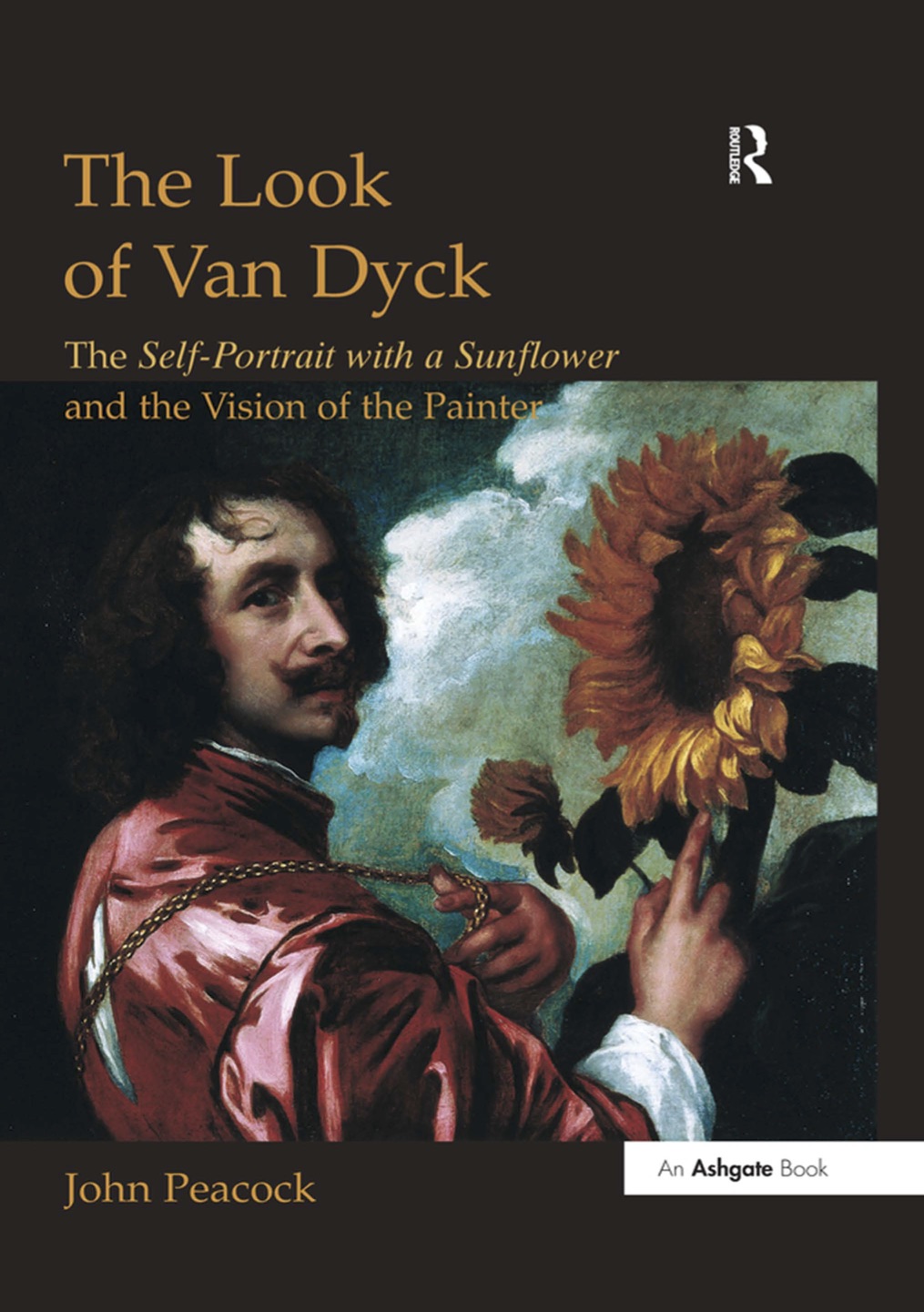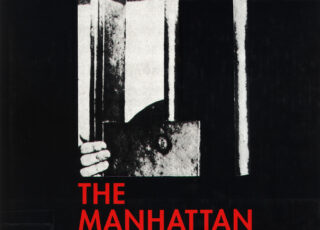
Peacock, The Look of Van Dyck
Based on a close study of Van Dyck’s Self-portrait with a Sunflower, this book examines the picture’s context in the symbolic discourses of the period and in the artist’s oeuvre. The portrait is interpreted as a programmatic statement, made in the ambience of the Caroline court after Van Dyck’s appointment as ‘Principal Painter’, of his view of the art of painting. This statement, formulated in appropriately visual terms, characterizes painting as a way of looking and seeing, a mode of vision. In making such a claim, the artist steps aside from the familiar debate about whether painting was a manual or an intellectual discipline, and moves beyond any idea of it as simply a means of representing the external world: the painter’s definitive faculty of vision can reach further than those realities which present themselves to the eye. John Peacock analyses the motif of looking – the ways in which figures regard or disregard each other – throughout Van Dyck’s work, and the images of the sunflower and the gold chain in this particular portrait, to reveal what is essentially an idealist conception of pictorial art. He contradicts previous opinions that the artist was pedestrian in his thinking, by showing him to be familiar with a range of ideas current in contemporary Europe about painting and the role of the painter.
Download
Peacock_The Look of Van Dyck.pdf
Peacock_The Look of Van Dyck.txt
Peacock_The Look of Van Dyck.html
Peacock_The Look of Van Dyck.jpg
Peacock_The Look of Van Dyck.zip



